This post was written by guest contributor Matt Oxley.
User Experience (UX) led design is a web design strategy centered around the end-user. The methodology is founded on the investment of time to understand audience groups, learning about their goals, wants, expectations, and frustrations. This research is then turned into insights which are used to develop solutions that successfully meet the consumers’ needs.
When a business has a user-centered culture, their understanding and commitment to their consumers will extend beyond the design of digital interfaces and online journeys of their websites, apps, and portals; it will penetrate through every touch point and interaction that an organization has.
What is the difference between UX and CX?
According to Nielson Norman, user experience (UX) encompasses all aspects of the end-user’s interaction with the company, its services, and its products.
Foresters define customer experience (CX) as “How customers perceive their interactions with your company.”
Foresters
The difference between UX and CX is whether you are engaging with the end user or the customer. In some cases, they may be the same person; however, in some circumstances, particularly in B2B, the buyer may be purchasing on behalf of someone else.
CX is more concerned with ensuring a smooth buying and after-sales process, while UX is focused on developing an easy-to-use product or service. While CX and UX are potentially focused on different consumers and at different stages of interaction, in this ever evolving omni-channel world, these two experiences are becoming even more intrinsically linked. With their shared concern for keeping the consumer No. 1, there is plenty that CX can take from the discipline of UX.
Customer Experience (CX) ensures a smooth buying and after-sales process.
User Experience (UX) focuses on developing an easy-to-use product or service.
UX Techniques to Help Improve CX
User Research
Understanding different user groups through research can help avoid the danger of assumptions and decision-making based on opinion. In UX, different user groups (or “UX Personas”) are created, and these user groups outline fictional representations of different relevant audiences. The personas include an end user’s:
- Wants
- Needs
- Expectations
- Frustrations
These are all valuable insights to be gained when thinking about customers and their interactions.
You can do user research with techniques such as interviews and workshops. These techniques allow you to delve deeply into the minds of your key audience groups and understand their motivations, expectations, and priorities.
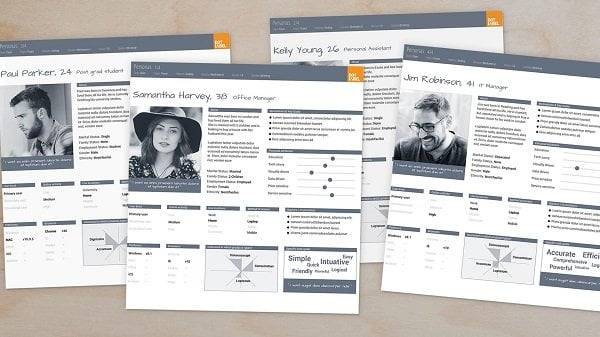
Personas are hugely valuable when analyzing and optimizing the quality of an experience or a specific journey from the consumer’s perspective (i.e. end user or customer). Knowing how a consumer will react and respond to certain prompts and interactions can help with decision-making when crafting an experience.
User Journeys
A user journey is the path a user takes to achieve their goal. It consists of a combination of elements relating to a particular experience for a particular user type.
Each persona will have a specific goal and will undertake certain “tasks” in a specific context (or scenario) in which to achieve their goal. By documenting these journeys, you can test how the persona would react at different points and adjust or optimize touch points (i.e. consumers’ interactions with the brand) accordingly.
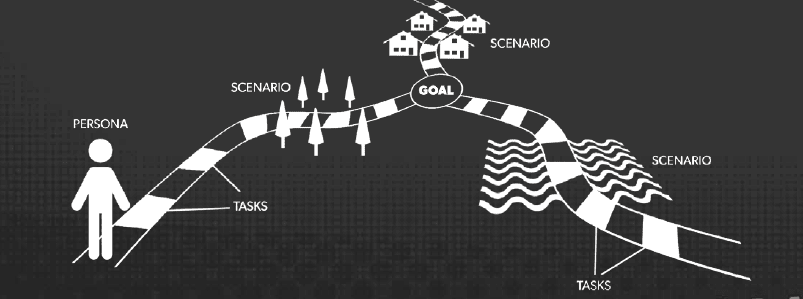
An Example:
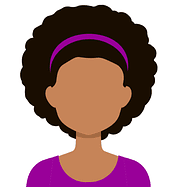
Consider this persona called Lucy:
- Cash-rich
- Time-poor
- Female
- Values quality
- Influenced by fashion trends
Lucy needs to buy a new dress for a special occasion – that’s her goal. She’s willing to spend more than usual – that’s her scenario.
Goal: Buy a new dress for a special occasion
Scenario: Willing to spend more than usual
Lucy finds a dress she likes by searching online. If she was purchasing online, then her user experience would be confined to the website she was using. However, as the dress is for a special occasion, Lucy wants to make sure it’s perfect and doesn’t want to deal with the hassle of managing returns by mail. So, rather than order online, she wants to go into a physical store and try the dress on.
Understanding your consumers’ motivations for the decisions they make can help you craft a better experience for them.
This customer journey, or experience, can be optimized when you identify the tasks that Lucy will take to reach her goal.
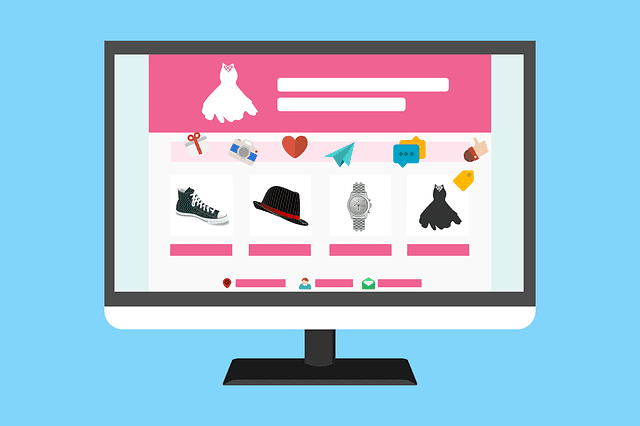
Lucy goes to the brand’s website (or app) to search for and find the dress. She may “favorite” the item. She may check the address of her local store and its opening times.
We know that she is time-poor, so late opening times will be of value. When Lucy enters the store, she could just wander around different areas trying to find the dress she wants, or she might ask an employee for help finding the dress.
Once located, Lucy goes into the dressing room to try it on. Then she decides whether to buy the dress.
A report by Cap Gemini which consulted 6,000 consumers and 500 retail executives discovered that “consumers wish to use technology to help them engage with a store and every step of the shopping journey.”
Technology could be used to optimize Lucy’s experience. She could use the website or app to contact the store and let them know she’s coming to try on the dress. The store could have processes in place to ensure the correct dress is waiting for her in the dressing room at the right time.
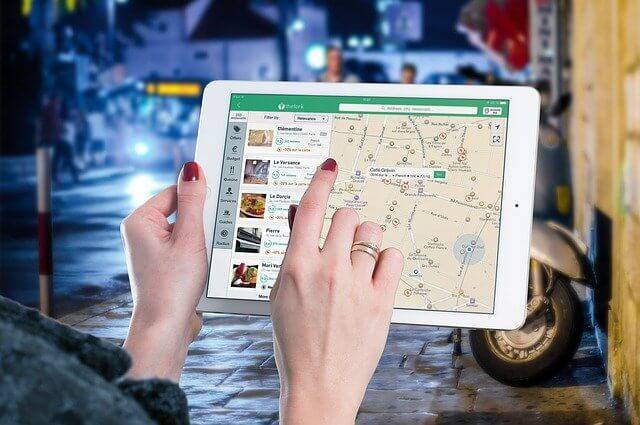
Alternatively, when Lucy enters the store, the brand’s app could provide an AR in-store navigation, which directs her to the precise location of the dress she wants – just like theLowebot does in the U.S. for DIY retail.
These enhancements to Lucy’s experience fulfill her specific time-saving criteria and makes the interaction more personal and valuable. In addition, there could be numerous opportunities for the business as well, in securing the sale of the dress. Relevant push messages to promote complementary accessories or alternative outfits can help increase revenue.
Task Mapping
Task mapping and analysis is an essential step in the UX process which can successfully be applied into the realm of CX. Task Mapping involves defining the primary, secondary, and tertiary tasks, or what is the user is trying to do (ranked in order of value to the company or frequency of occurrence). Examples might include:
Primary Task – Online Purchase
Secondary Task – Newsletter Sign-Up
Tertiary Task – Product Search
A primary task might be an online purchase, secondary may be a newsletter sign-up, and tertiary perhaps a product search.
For CX, the tasks might be an online or offline purchase, upgrading an existing service, contacting customer support, or returning unwanted items.
It is vital to identify these tasks at the outset so the user journeys can be carefully constructed and optimized in order to apply “Experience Modeling.”
Experience Modeling
Experience modeling plots user engagement and experience levels at each touch point stage. Identifying what the user is thinking, feeling, and doing at each stage of a journey helps identify deficiencies and opportunities to remove barriers and obstacles.
For Lucy, how would she feel if she went all the way to the store and they didn’t have the dress in her size in stock? How could that be prevented, foreseen, or managed better?
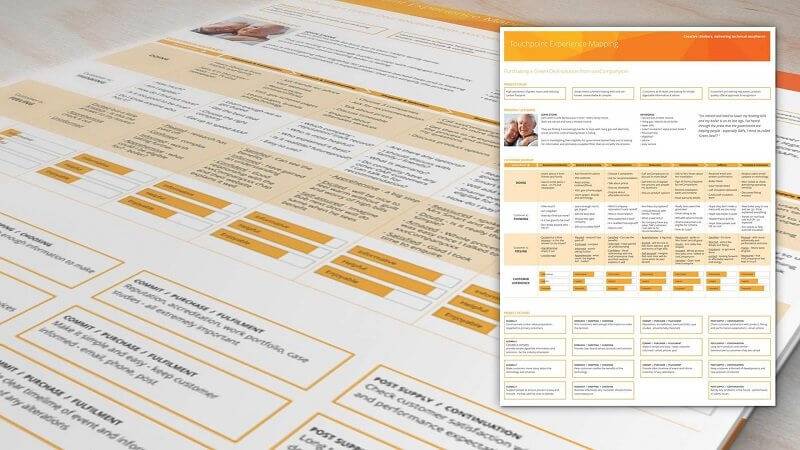
Process Flow Mapping
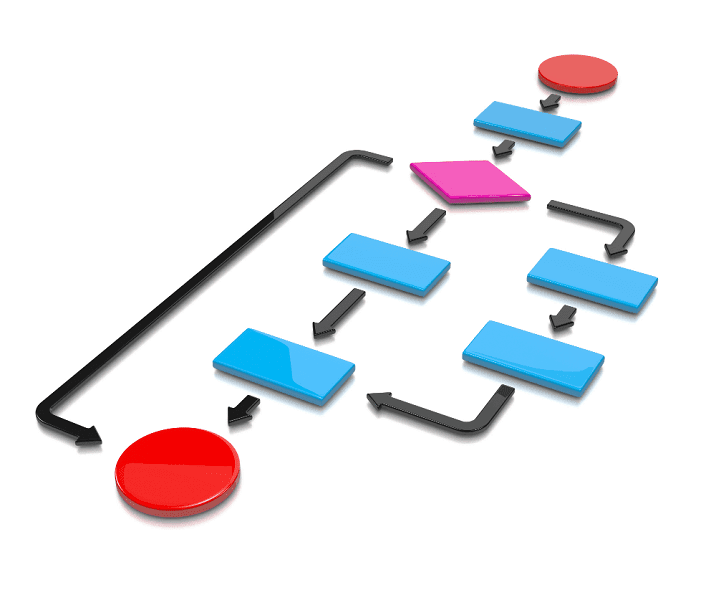
Similarly, Process Flow Mapping is a visual document that helps map out a particular task within a journey. In UX it might consider:
- sign-up registrations
- e-commerce purchases
- complex multi-part forms
In the offline world, it might include locating a particular product in-store, enhancing the fitting room experience like US brand Rebecca Minkoff, or completely redefining the checkout process like Amazon Go.
Focusing wholeheartedly on the end-user is what UX design is all about. Investing in research and insights, and constantly testing and gaining feedback is what makes it so effective. It is this approach, rather than making assumptions and relying on opinions, that is revolutionizing Customer Experience and delivering tangible results for businesses.
How UX Led Design is Revolutionizing the Customer Experience | EWR Digital – Houston, TX
